Well everybody is aware of North America’s popularity and its renowned landmarks whether it’s the Statue of Liberty or the Grand Canyon or the Golden Gate Bridge. Therefore so many travellers around the world are attracted to North America by its astonishing natural appeal as well as man-made wonders. But there is one reason for its popularity and that is incredible ancient archaeological sites such as Cactus Hill which is the oldest archaeological site, Cahokia and Chaco Canyon for ancient ruins, Wyandotte Cave, Montezuma Castle, Cliff Palace and many more.
Among all Cahokia Mounds were the most renowned of the largest city of North America. But nobody knows how the first and the largest city of Normericas got vanished in past.
So, in our blog, you learn about Cahokia, an incredible ancient site and its historical aspects. Let’s begin
Cahokia Mounds
On the terrain of the Mississippi River, Cahokia Mounds are situated in Collinsville, Illinois opposite St. Louis, Missouri. It is an ancient city, which stretched around 6 square miles and earlier had 120 mounds.
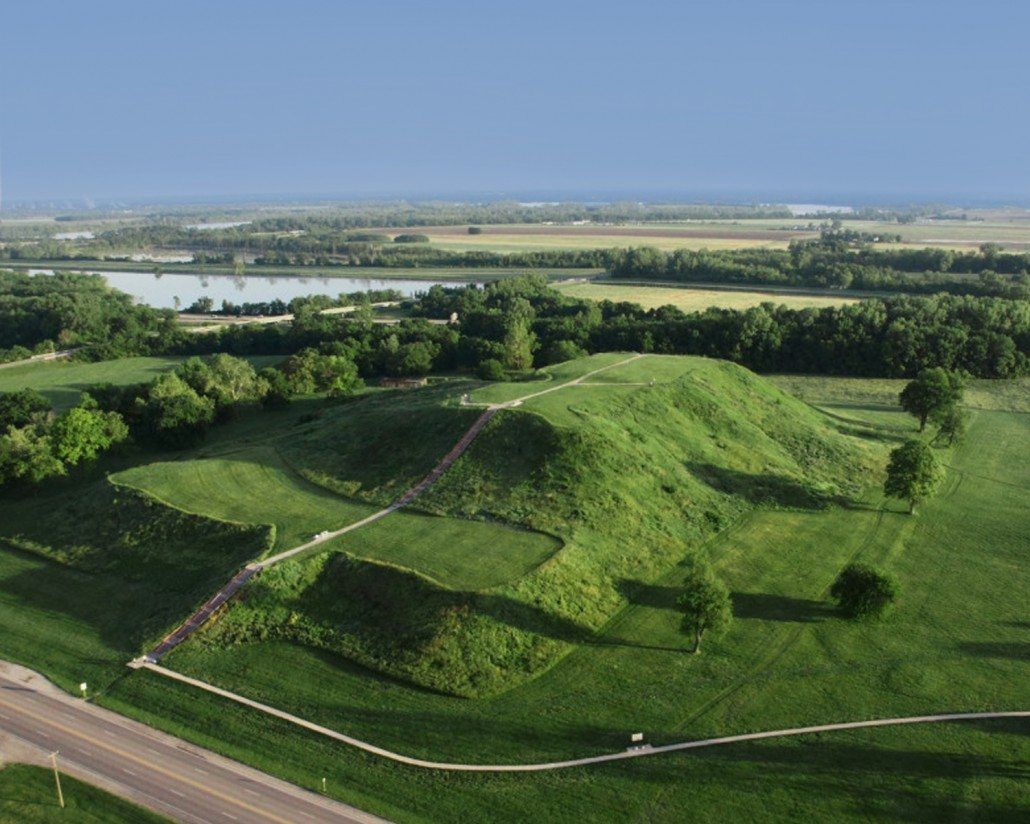
Till present-day only 80 of the mounds remain. In woven baskets, people a substantial portion of land to create the network of mounds and community parks. The site provides a diverse and complex culture between the celestial system called Woodhenge and the number of hills and burials.
Cultural Importance of Cahokia
In ancient times, Cahokia was the largest and most prominent urban community in the history and culture of Mississippi, it established and developed culture throughout North America which is now the region of the central and southeastern United States. For the time being, Cahokia was an advanced and cosmopolitan area in ancient time. Many still consider that Cahokia as a holy site Native Americans.
The State Historic Site of Cahokia Mounds was mentioned under the National Historic Site in 1964 and was declared a World Heritage Site in 1982. This location offers a variety of special events, workshops, seminars, tours and hosts various other cultural programs throughout the year.
History of Cahokia
Cahokia was a wealthy pre-American city with a population that is close to London about four hundred years before Columbus stepped into the western hemisphere. It was founded by the Mississippi, a tribe of Native Americans who have occupied most of the present-day southeastern United States, from the Mississippi River to the Atlantic coast.
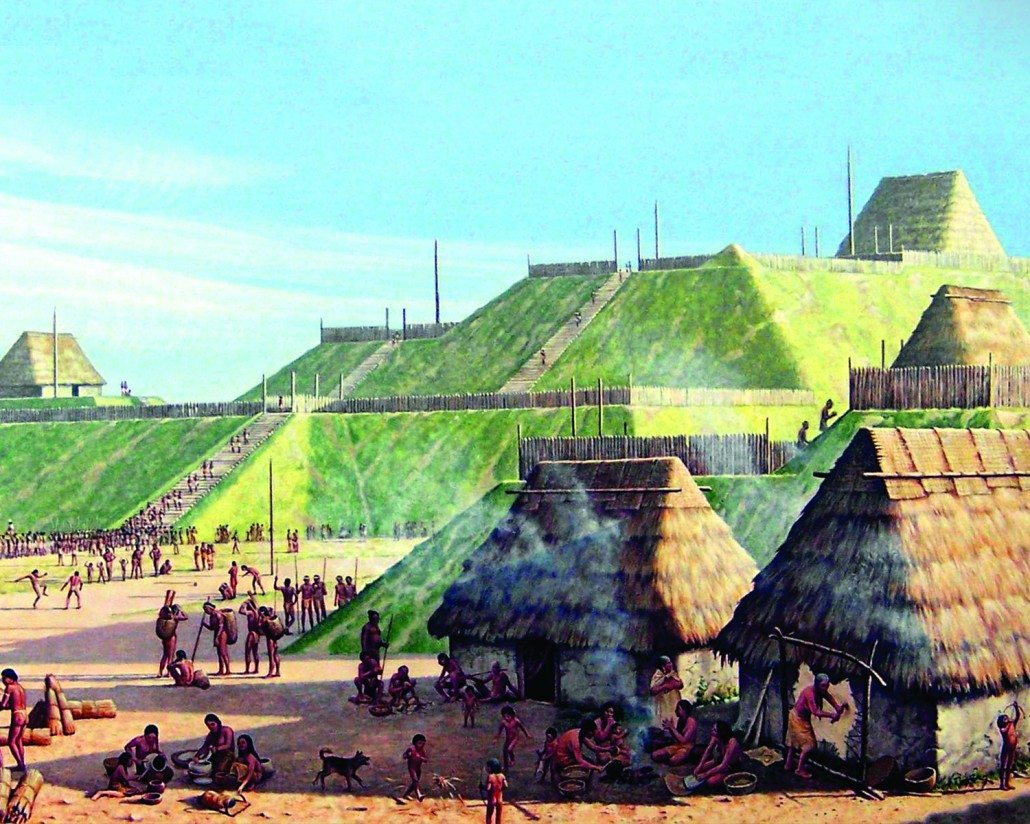
This prosperous Indian city that rose to prominence after A.D. 900 may have collapsed due to climate change due to productive maize farming.
Also Read: Temple of Apollo at Delphi- A Panoramic Ancient Site of Greece
Origin of Cahokia
The Cahokia Mounds were first built about 600 AD. By 1050 AD, it was the key hub of Mississippian culture with many regional towns, villages and farms. It began to decline around AD 1300 and was completely deserted by AD 1400. The Mississippi culture may have declined in this area due to overhunting and deforestation, war or illness. The site was subsequently repopulated in the late 1600s by the Cahokia Indians and its name comes from these. But it is unclear whether the Cahokia Indians are descendants of the original founders or not.
When Cahokia Was Discovered?
The Cahokia Mounds were found by French explorers in the 1600s. At that time, the inhabitants of Cahokia were inhabited. Since then, the mounds have often been identified. Archaeologists over the last decade have shown the site to have a copper workshop. This makes it the only known copper workshop in the Mississippi period. The workshop is officially operated by the Illinois Historic Preservation Agency.
Artefacts Found at Cahokia
According to Archeologists, many artefacts have been found in the Cahokia Mounds. Such as pottery artefacts, tools, stones, coins and other playing artefacts were also discovered such as balls, ring, dice and casino games. Marine shells have been discovered from the Gulf of Mexico and the Atlantic Ocean.
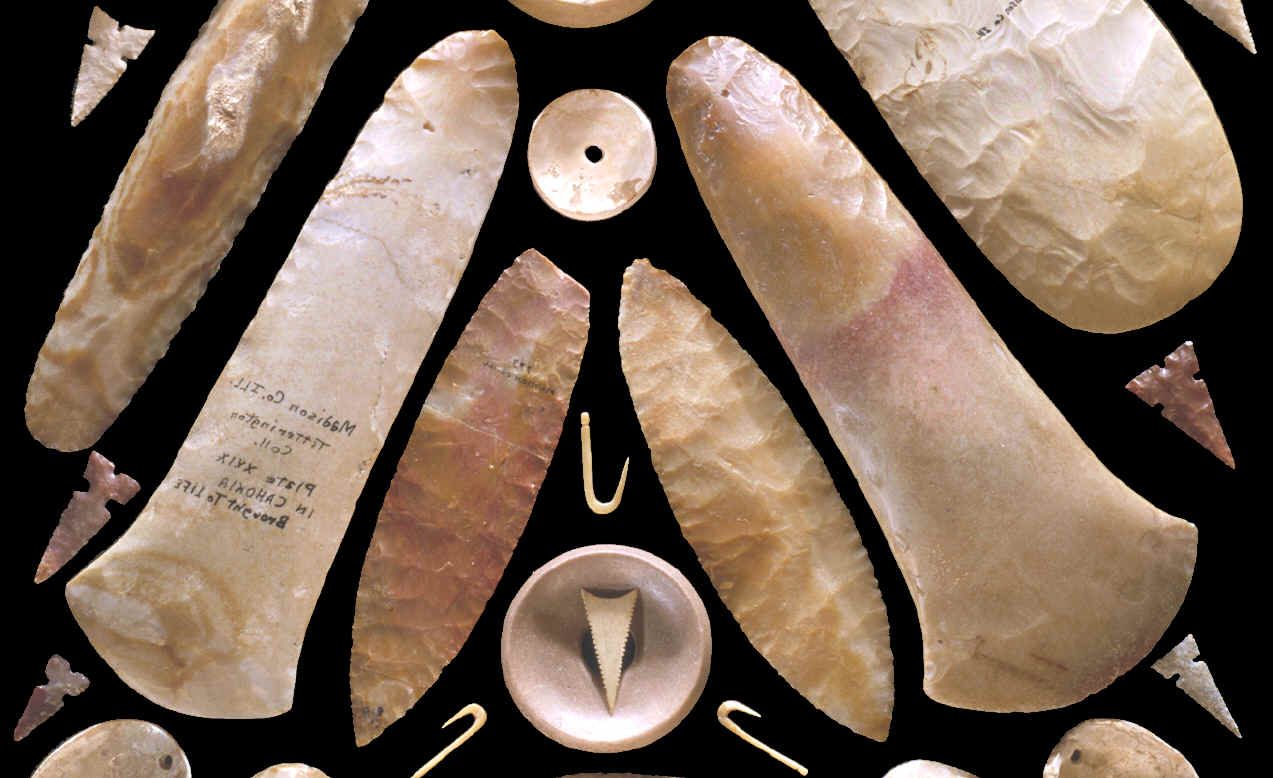
Rocks and minerals, like the Smoky Mountains, are also prevalent throughout the United States. Copper was discovered in Michigan. All of these events and discoveries from the different regions have depicts the trading culture of copper and other elements between the people of Mississippi and the Indians of Cahokia.
Other Attractions of Cahokia
Yes everyone visits this ancient site to witness the Cahokia Mounds but apart from this there are two more attractions which you can explore during your visit. They are as follows:
Monks Mound
Monks Mound is the largest pre-Columbian excavation in North America and the largest pyramid in the north of Mesoamerica. The beginning of its construction dates from the year 900–955 CE. It is situated near Cahokia Mounds, Illinois and the mound is around 100 feet high, 955 feet long in size in 1988. This makes the Monks Mound about the same size at its base as the Great Pyramid of Giza.
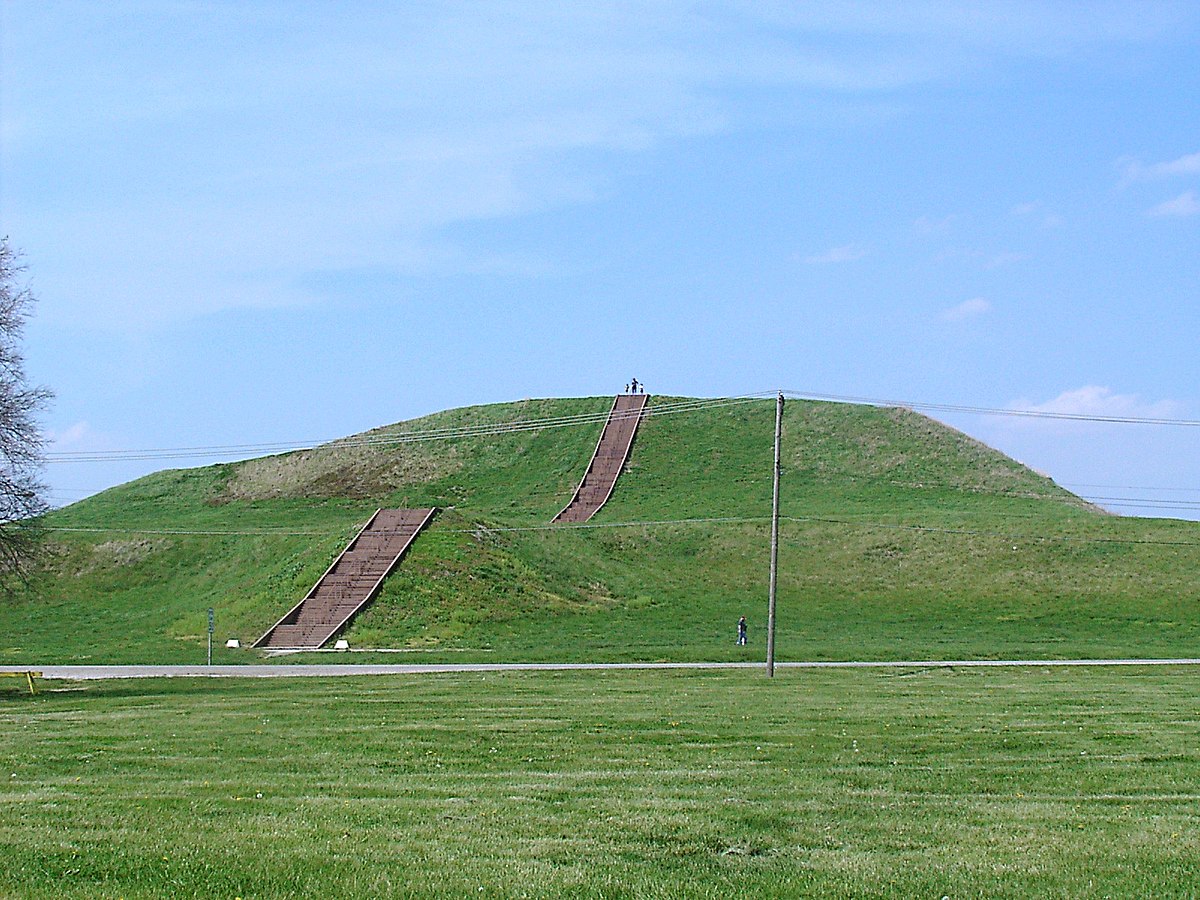
The diameter of its base is wider than the Teotihuacan Pyramid of the Earth. As a platform mound, the earthworks supported a wooden framework on the summit. But due to its odd construction and distorted roof, rainwater has accumulated inside the structure throughout the years. This triggered the slumping, avalanche-like sliding of large parts of the sides at the top of the mound.
Also Read: Teotihuacan: The Ancient City of Gods & Pyramids in Mexico
Horseshoe Lake
Horseshoe Lake is the second-largest natural lake in Illinois after Lake Michigan. It is situated in Illinois in the modern area of St. Louis and covers around 2,400 acres area. Oxbow lake, the remains of the Mississippi River gorge, is 403 feet above sea level. The lake is situated in the neighbourhood of Horseshoe Lake State Park which is 2,960 acres in size. The lake is surrounded by Madison and City of Granite. Now, this lake is popular for fishing and as a picnic spot.
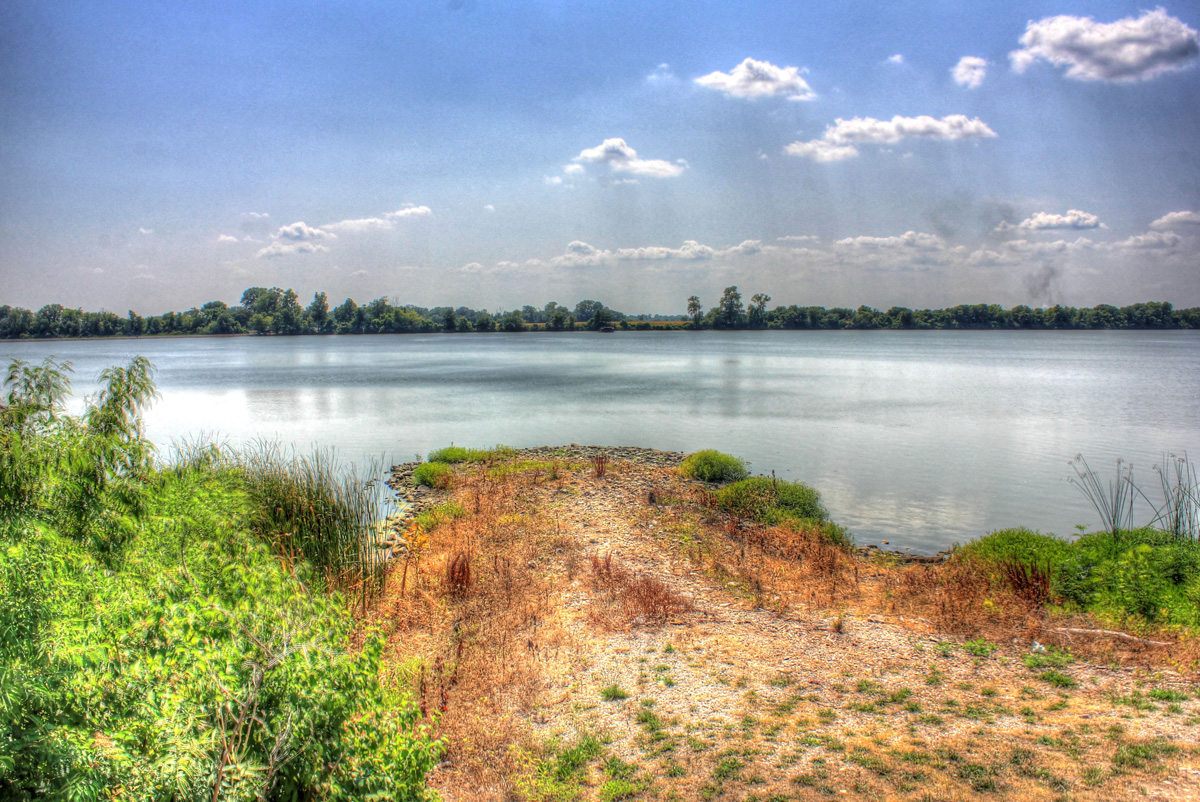
You can relax there for sometimes after visiting the Cahokia Mounds. The lake is drained in part annually to provide habitat for shorebirds. At least 287 bird species have been found in this lake, which includes most of the species found in the state. The lake is connected with Horseshoe Lake State Park where you can enjoy watching these bird species.

